To save the space of the hard drive or quickly send and receive files, various compressed file formats are widely used, which is convenient and efficient. But do you know how to compress and password protect a folder? In fact, many compress software all offer a way to encrypt. Today, on the internet, there are innumerable compress software which have similar functions. Amount of them, we recommend using 7-Zip or WinRAR.
If you want to secure your data, please read this article which tells you 3 easy ways to compress and password protect files/folder in Windows 10 & 11.
As a free software with open source, 7-Zip is one of the most popular compress software with a excellent compression ratio. Although it can't create RAR files, it can open almost all mainstream file formats.
The following content will show you how to use 7-Zip to password protect a file.
Step 1: Download 7-Zip and install it on your computer.
Step 2: Right-click the folder you want to compress and encrypt, hover 7-Zip, and then click Add to archive. We compress test folder here for an example.
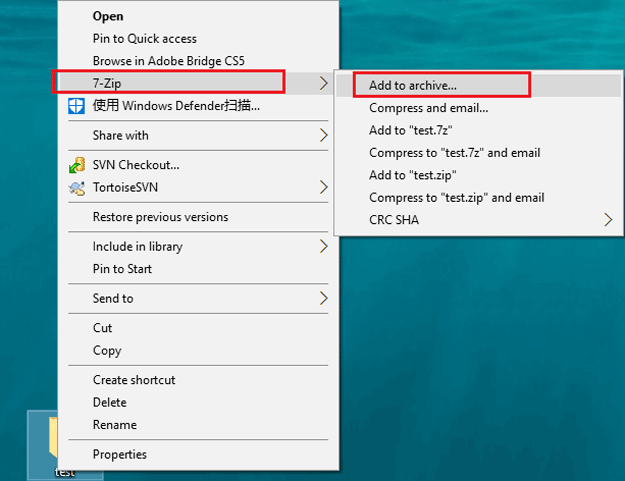
Note: These functions will be available after installing 7-Zip. If you can't find it, you may not install it successfully.
Step 3: You can choose a path to save the compressed file through clicking the Browse icon.
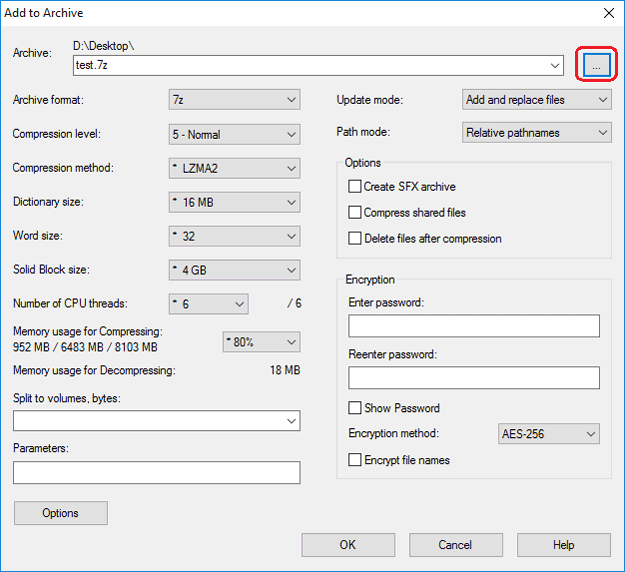
Step 4: Enter a password twice and click OK.

Step 1: Right-click the archive you just saved, hover 7-Zip, and then click Open archive.

Step 2: Select the file and click Extract.
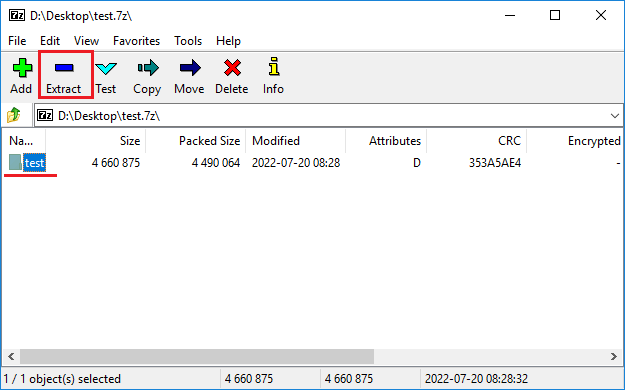
Step 3: Select a path to extract the file.

Step 4: Enter the password you set and click OK. After that, you can access the file normally.
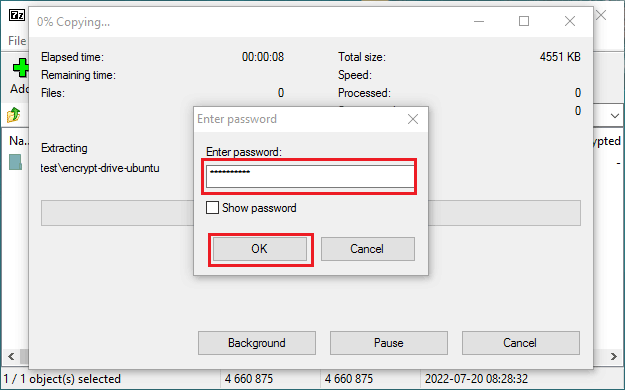
With WinRAR, you can compress and create both RAR and ZIP files. Meanwhile, it can encrypt files more securely because of its better encryption algorithm.
This part will show you how to create a zip file and password protect it with WinRAR.
Step 1: Download WinRAR and install it on your computer.
Step 2: Right-click the folder you want to compress and encrypt and then click Add to archive. We compress test folder here for an example.
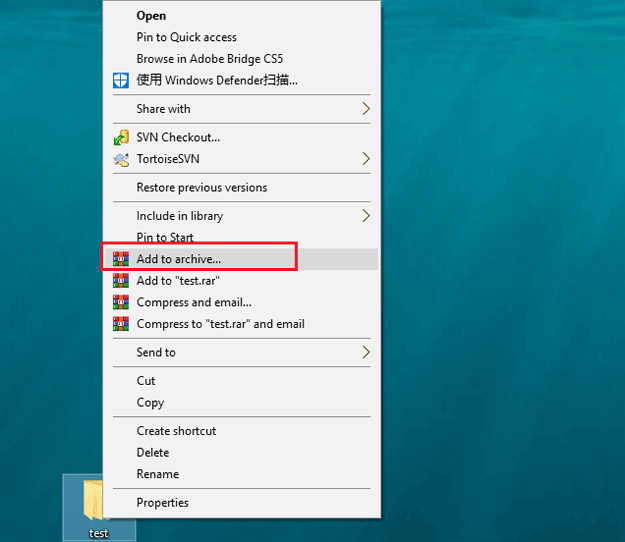
Step 3: You can click Browse to choose a path to save the archive.
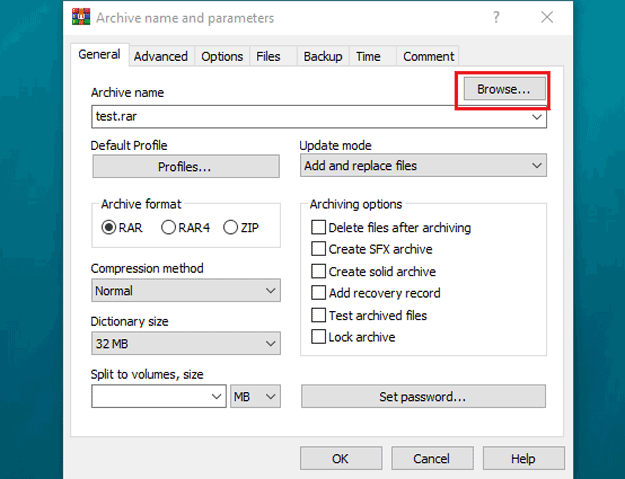
Step 4: Click Set password.
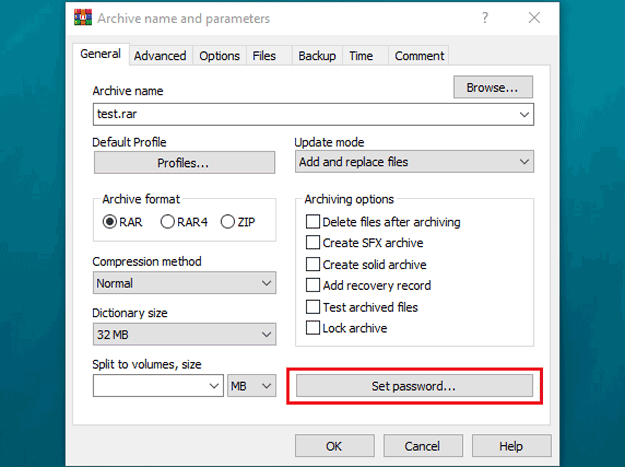
Step 5: Enter a password twice and click OK.
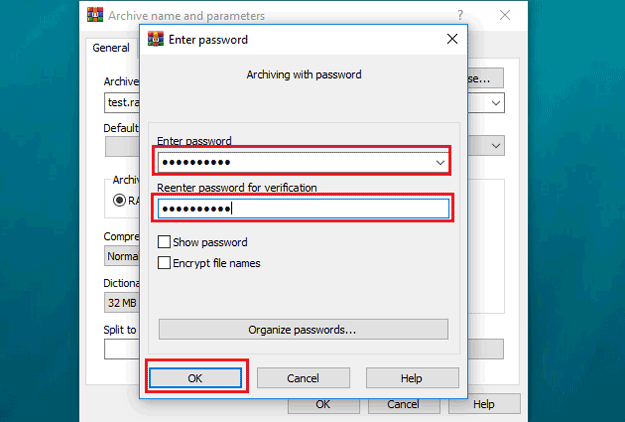
Step 6: Click OK to complete.

Step 1: Right-click the archive you just saved, click Extract Here, or you can click Extract files to choose another path.
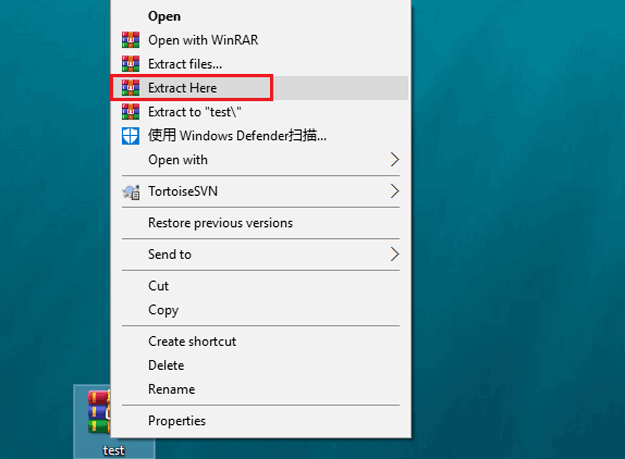
Step 2: Enter the password and click OK.

Windows also offers a function to encrypt files, which is used to block other users on the computer from accessing them.
Note: It's not available in the Windows Home edition.
Step 1: Right-click the folder you want to compress and encrypt, hover Send to, and then click Compressed (zipped) folder.
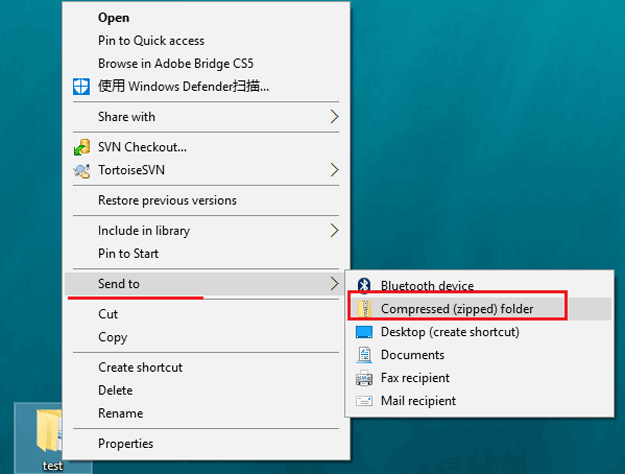
Step 2: Right-click the compressed folder and click Properties.
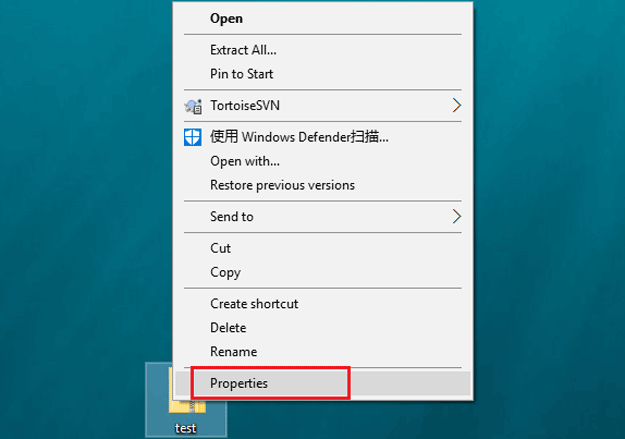
Step 3: Click Advanced.

Step 4: Check Encrypt contents to secure data and then click OK.
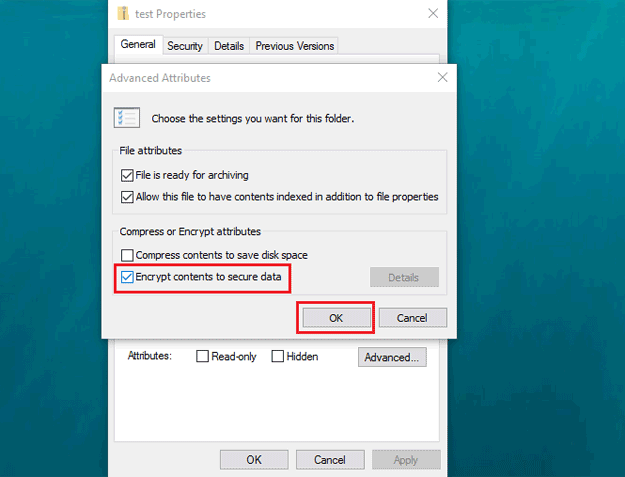
Step 5: Select Encrypt the file only and then click OK.
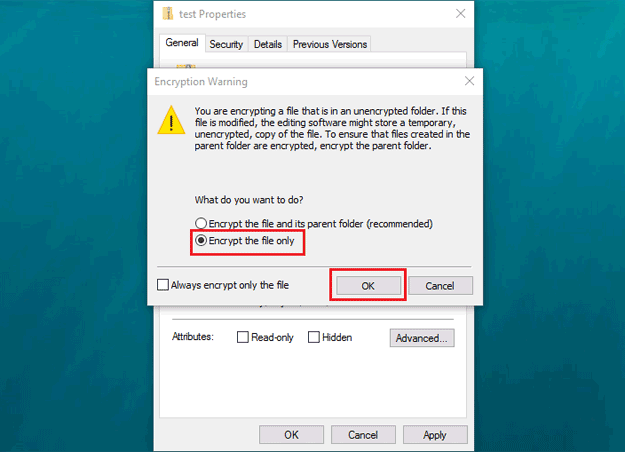
Step 6: Click Apply and then click OK.

Summary: Above three methods all tell how to compress and password protect a folder in different situations. You can choose an appropriate way to secure your data.